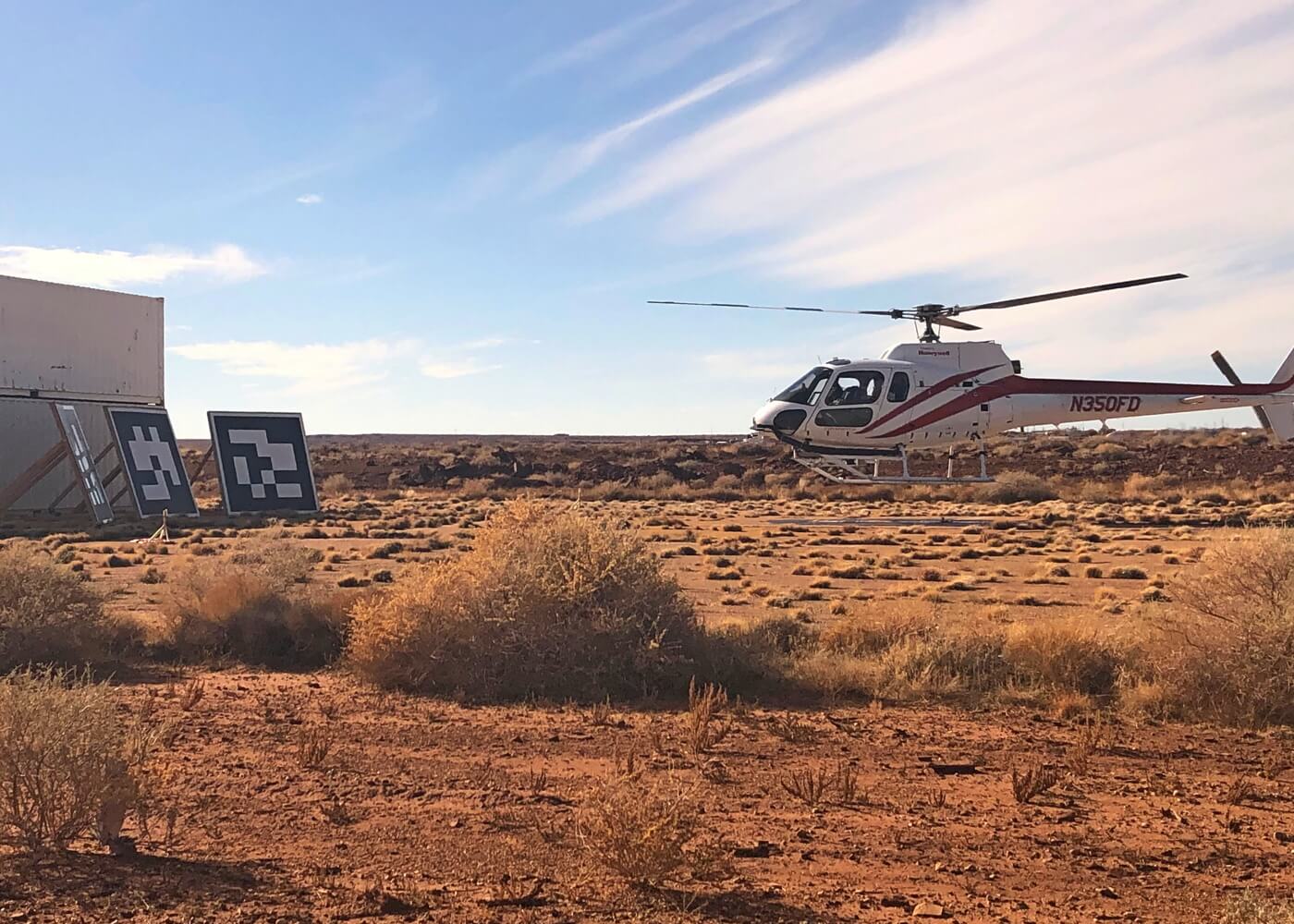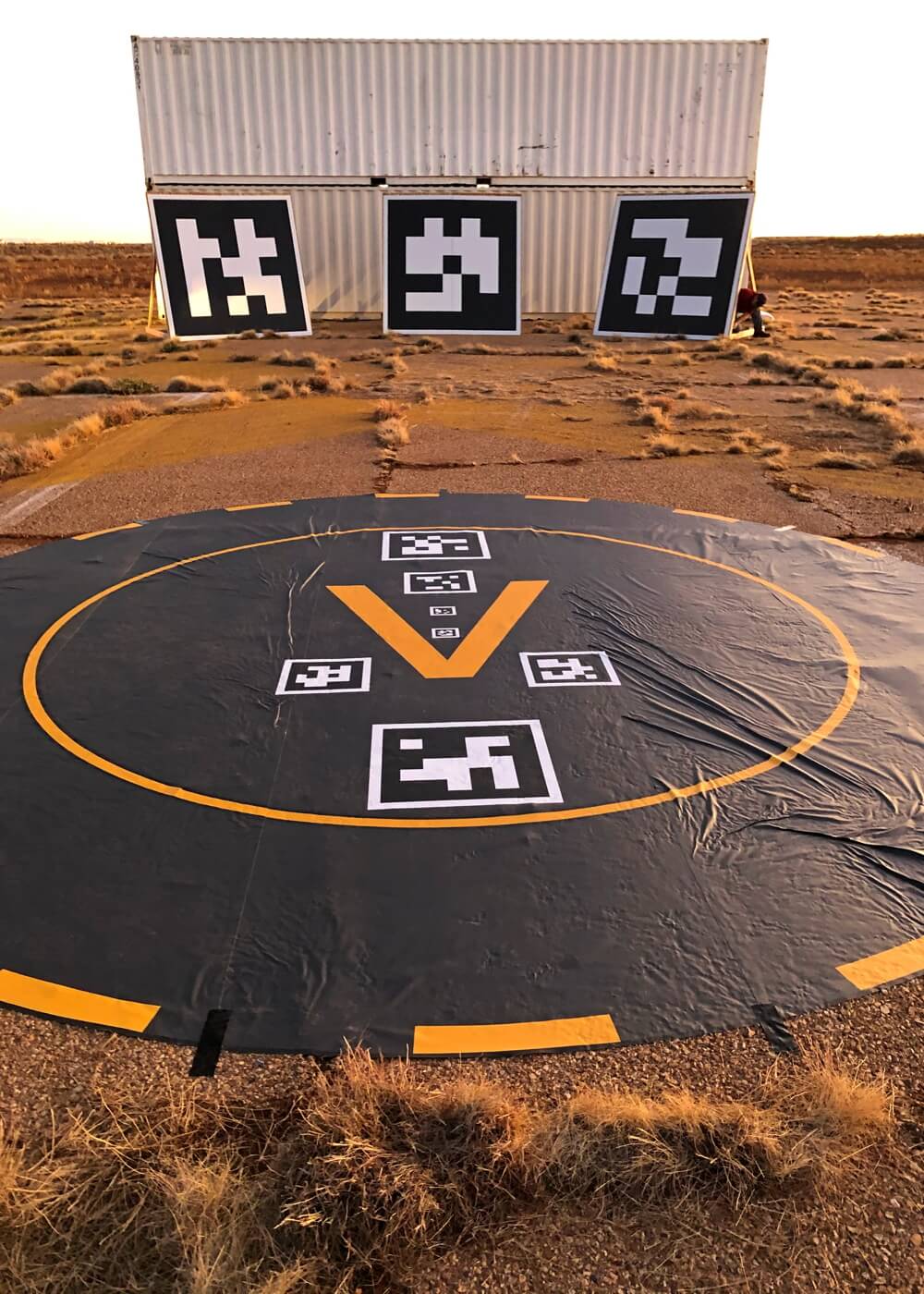Honeywell has started flight testing sensors that could guide future vertical-lift aircraft to land without pilot intervention.

The company is developing the technology for the emerging urban air mobility (UAM) market, which envisions high-volume operations of fly-by-wire, electric vertical take-off and landing (eVTOL) aircraft. However, it performed the initial data collection for the project using its own Airbus AS350 helicopter (which was recently replaced in its flight test department by a Leonardo AW139).
The landing system uses cameras that analyze visual markings resembling QR codes, which help guide the vehicle to a designated landing spot. In collaboration with partners, Honeywell plans to continue its data collection work for the rest of 2020, with the demonstration of fully automated landings expected within roughly the next 12 months.

Honeywell told Vertical that this program has been conducted separately from its collaboration with Daedalean, the Swiss artificial intelligence (AI) startup that is developing an autonomous flight control system using computer vision. While such AI-based solutions could enable safe landings in a range of off-nominal situations, this particular automated landing system could play a role in high-volume normal operations.
In particular, automated landings could make vehicle throughput more predictable and reduce turnaround time — two elements that are key to air taxi business models like Uber Elevate’s. Automated landings also promise to ease pilot workload during a critical phase of flight, thereby enhancing passengers’ safety and comfort.

“Introducing numerous piloted and autonomous aircraft in dense urban environments is a real challenge in making the UAM vision achievable,” stated Matt Picchetti, Honeywell Aerospace’s vice president and general manager for Navigation and Sensors. “Navigation is a key part of Honeywell’s heritage, from the industry’s first autopilot to the opportunities we see today in urban air mobility. We are drawing on this expertise and our problem-solving capabilities to lead the way in identifying and bringing to market the most effective technologies to support safer, and increasingly autonomous, UAM operations.”
Honeywell has recently been making a strong push into UAM market, last week announcing the creation of a new business unit dedicated to UAM and unmanned aerial systems. The company is developing a range of products tailored to the new generation of electric aircraft, including compact flight control computers, lightweight radar systems, and electromechanical actuators optimized specifically for eVTOL applications.









